When you think of Epic Games, you can’t help but think of Fortnite. The battle royale has evolved into a goliath in the gaming world since its launch in 2017. It now regularly receives crossovers with other popular media and companies, including giants like Lego, and has flourished into a game with multiple modes ranging from shooting and looting to reliving your Guitar Hero glory days. Oh and Crocs. It’s got it all. But it’s easy to forget there are other games under the Epic banner, and it’s even easier to forget those long since abandoned.
Epic launched its MOBA Paragon in 2016, but after Fortnite’s booming success the following year, Epic reassigned development team members to focus on Fortnite instead. It eventually shuttered Paragon for good in 2018 after citing the lack of a clear path to grow and an unsustainable player base. But Paragon didn’t go gently into the good night, as Epic decided to release all $17 million worth of the game’s assets for free for anyone to use on the Unreal Engine Marketplace.
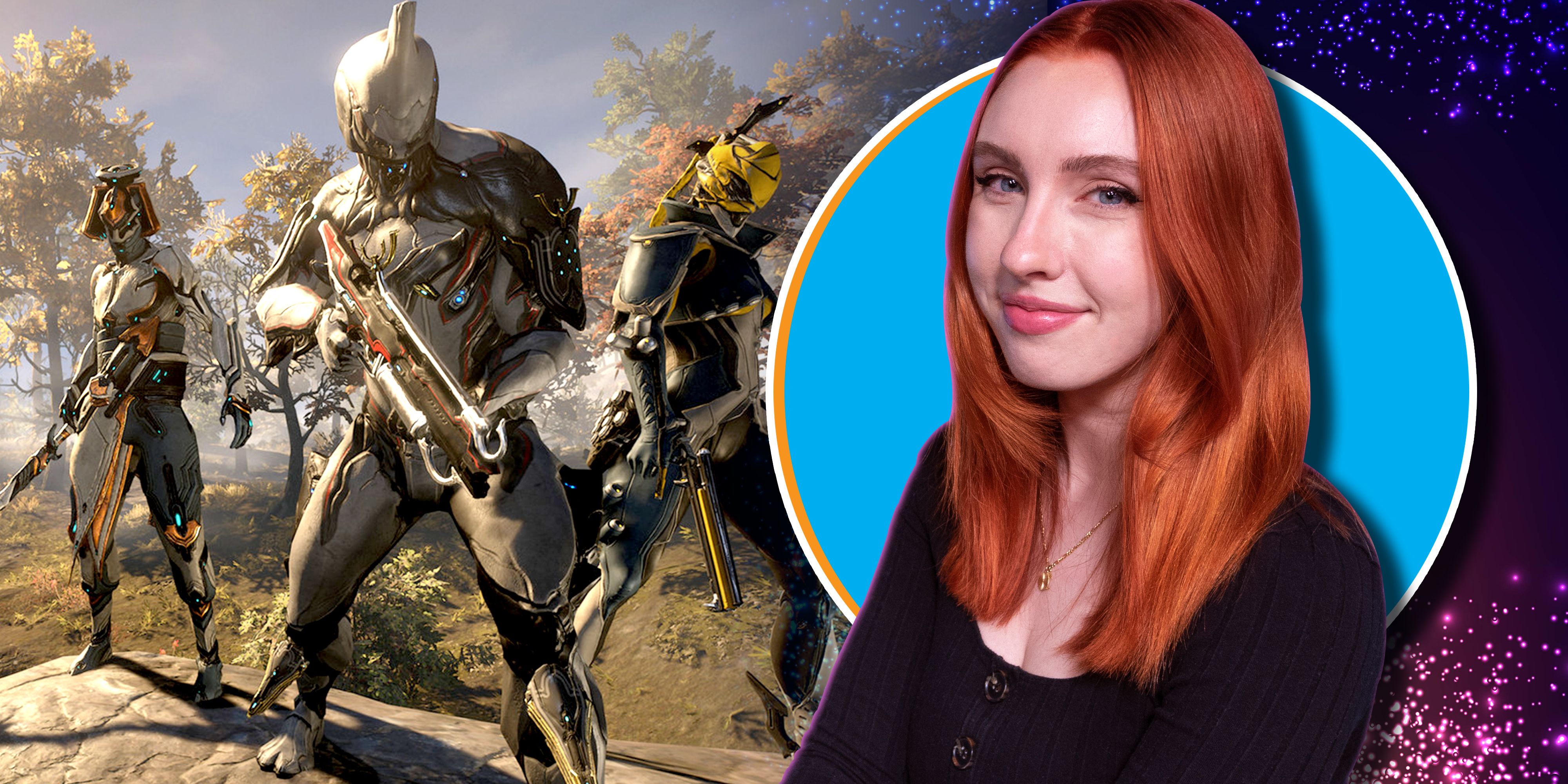
Related
Let’s Hear It For The Band! – Warframe: Techrot Encore Interview With Megan Everett
We sat down with Megan Everett to talk about Warframe: Techrot Encore.
From The Ashes Of Paragon, Predecessor Was Born
Following the closure of Paragon, Omeda Studios, founded by content creators Robbie Singh, Andrea Garella, and Steven Meilleur, began developing their own game using the public assets. Paragon’s former creative director, Steve Superville later joined the Omeda team and thus began a four-year development cycle that culminated in the launch of its MOBA Predecessor in August 2024.
Omeda Studios CEO and founder Robbie Singh tells me “Paragon shutting down was the first time I had ever seen a successful game come to an end, and it was shocking—not just because it was such a big part of my life, but because it had such a passionate and dedicated community. It felt like there was still so much potential left to explore.”
Singh says that Epic’s decision to close Paragon “made sense” considering just how much Fortnite exploded in popularity the way it did, and now that he’s running his own studio, he understands the choice even more from the development side of things.
“When Paragon shut down, it was the community’s love for the game that kept it alive,” Singh tells me. “That’s what led me to Steven Mellieur and Andrea Garella, my co-founders. They had already been experimenting with the Paragon assets that had been released on the Unreal Engine Marketplace by Epic Games, though they weren’t necessarily building what would become Predecessor at the time.”
The group began bouncing ideas back and forth and Singh says they eventually realised they “had the potential to create something really special”, but were determined to build the game with the community, not just for them.
Singh recalls that as a content creator, he was often approached by studios for feedback on games but that “it never felt truly genuine” as they seemed more interested in marketing their games than actually listening to feedback. That’s what encouraged Singh and his co-founders to “create something where player feedback wasn’t an afterthought, but the foundation of the game’s evolution”.
Regularly sharing and streaming the progress of the game’s development was key for the team, and soon their group of supporters grew into a large, passionate community. “More players got involved, providing feedback, offering suggestions, and helping us make something special. Our playtests began with just a handful of content creators, but they kept growing, and we went from a few players to thousands within a year.”
The relationship that Omeda Studios has with the community has remained unchanged, with regular live streams, playtesting, and a focus on player feedback, with Singh telling me, “Predecessor is what it is because of our community, and we’ll always put them at the heart of our development.”
Over $22 million was raised to develop Predecessor, including a grant from Epic. Singh tells me that Epic’s grant was “a real boost of confidence” for the team, not only because it’s one of the biggest gaming companies, but because of how much Paragon meant to the Omeda team.
“To have the very studio that created [Paragon] support what we were building felt like they were passing the torch. It wasn’t just financial backing, it was a sign that they believed in the potential of what we were doing. Given how much Paragon meant to me and so many of our players, having Epic’s support made it all the more meaningful.”
Singh tells me he had not considered going into game development before founding Omeda Studios, “If it hadn’t been for Paragon closing down and being a part of the incredible community, I wouldn’t be here talking to you now. The project was born entirely out of passion. Our original goal was simply to bring back a game we loved and then to build from there into something that was special in its own right.”
With Paragon having released nearly a decade ago at this point, Singh points out that “both game design and player expectations have evolved significantly since then”, and so it wasn’t as simple as bringing Paragon back to life. “Our challenge has been twofold—creating something that stays true to what original Paragon players loved while also modernising the experience to make it relevant for today’s audience and compelling for an entirely new generation of players.”
Standing On Its Own Two Feet
Predecessor has reintroduced nearly all of Paragon’s original heroes, refining and updating each to match the complexity of more modern gameplay systems while still retaining the essence of the original. But Predecessor is taking the game in new directions by steadily launching its own original heroes, too.
“It’s been both a challenge and an exciting opportunity for us, but the most rewarding part is seeing players truly connect with these characters—spending thousands of hours mastering them, making them their own, and forming identities around them, just as it should be with all great MOBA characters.”
Though it was built using assets from Paragon, Predecessor is not just a ghost of gaming’s past, with Singh acknowledging that “for Predecessor to be truly successful, it needs to establish its own identity”. Omeda Studios wanted to create something fresh and exciting in the MOBA space, as despite being a popular genre, Singh tells me that “traditional MOBAs have remained largely unchanged for nearly two decades” with some of the genre’s biggest hitters slowing in growth and suffering from declining player numbers due to lack of innovation.
That’s where Predecessor comes in, with Singh telling me exactly what makes this project so special. “Predecessor is the only true third-person MOBA on the market right now, and that alone makes it a completely unique experience. It’s not just a MOBA with a different camera angle, it’s an evolution of the genre. When you step into the game, you’re not just clicking around from a top-down perspective; you’re in the action, fully immersed, feeling every movement, every ability, and every fight in a way no other MOBA delivers.”
Singh attributes his love of Unreal Tournament and Call of Duty when growing up as part of the reason he wanted to create a MOBA with the same “intensity and fluidity”, delivering a game with the strategy gameplay that MOBA fans know and love while combining with the combat and immersion of an action game. Omeda Studios also introduced cross-play on all platforms to make it one of the most accessible MOBAs on the market.
An Enduring Legacy
Predecessor isn’t the only game to be born from Paragon, as other revival projects popped up after the closure, yet Predecessor is the only one left standing with such a level of success. Singh explains, “We believe the reason players continue to support our game—and why we’ve succeeded where others haven’t—is that we struck the right balance between honouring what made Paragon special, while also evolving it to appeal to a modern audience.
“Our advantage came from our deep love for the original game. We understood that bringing it back wasn’t about copying it 1:1 or reinventing it in a way that meant that it lost its soul. Instead, it was about capturing the essence of what made Paragon great and refining it into something that feels both authentic and fresh.”
Predecessor recently celebrated its six-month anniversary since full launch, and its recent Patch 1.4 introduced voice chat integration through a partnership with Discord and introduced the highly anticipated Boris from Paragon as its latest hero. The next path, 1.5, will include the final Paragon hero, and from 1.6 onwards, every hero will be entirely original.
Singh tells me that the team have largely been focused on NA and EU player bases, but they’ve seen “promising signals from players in other parts of the world” despite the lack of local servers and language localisation. “The fact that they’re still playing and loving the game, even with less than ideal ping, is incredible. It’s clear there’s demand for Predecessor beyond our current reach, and we’re excited to explore opportunities in new regions later this year.”
Predecessor was built as a result of the passion of Omeda Studios and its loyal community, and while Paragon was the catalyst that brought it into being, the game can only grow and expand from here on out. There’s plenty planned for the future of Predecessor, and I think it will be an interesting and touching milestone when it reaches the two-year mark, ultimately surpassing the lifespan of the game that inspired it.

MOBA
Third-Person Shooter
- Released
-
August 20, 2024
- ESRB
-
T For Teen // Use of Tobacco, Violence
- Developer(s)
-
Omeda Studios
- Publisher(s)
-
Omeda Studios


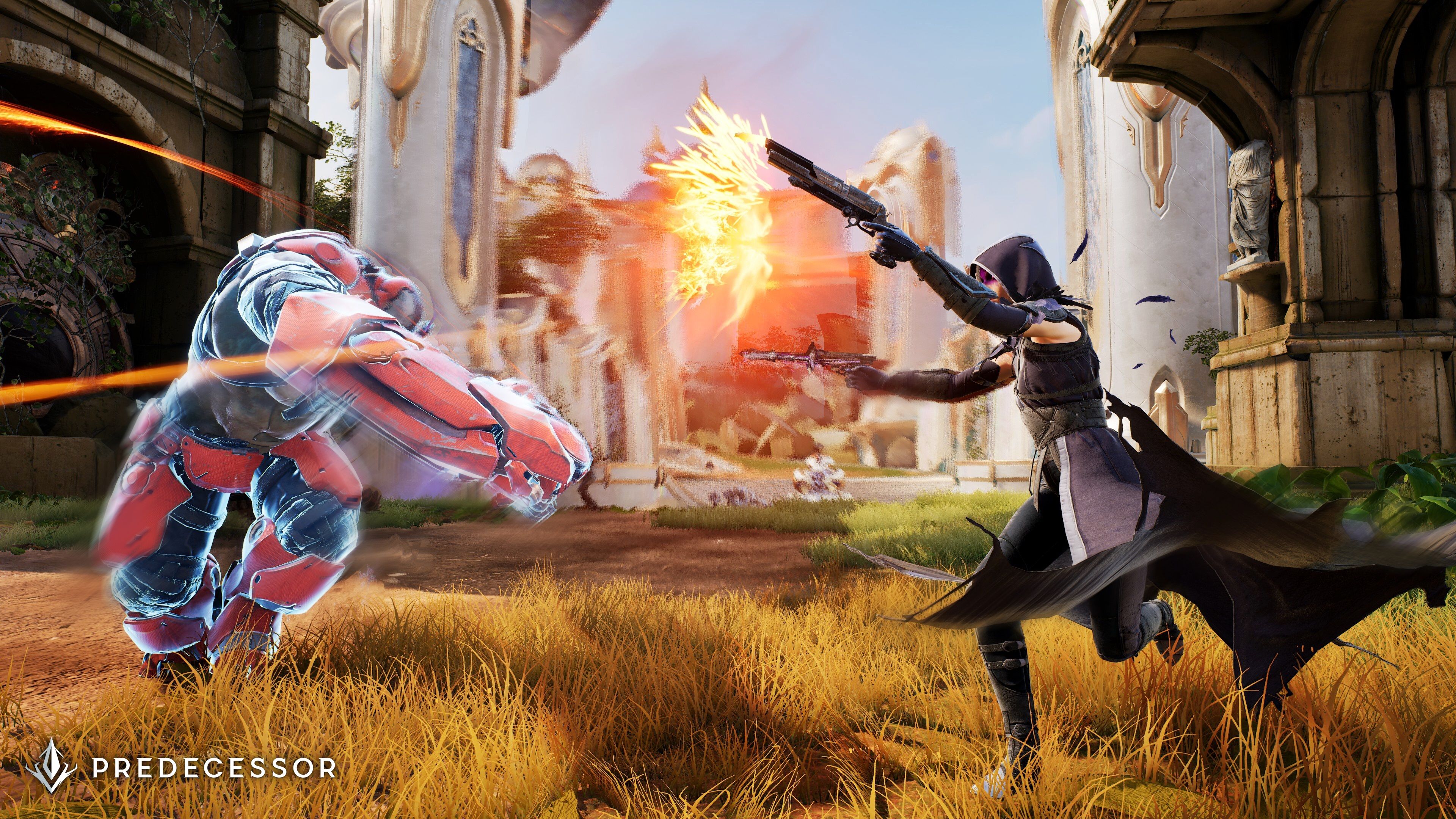

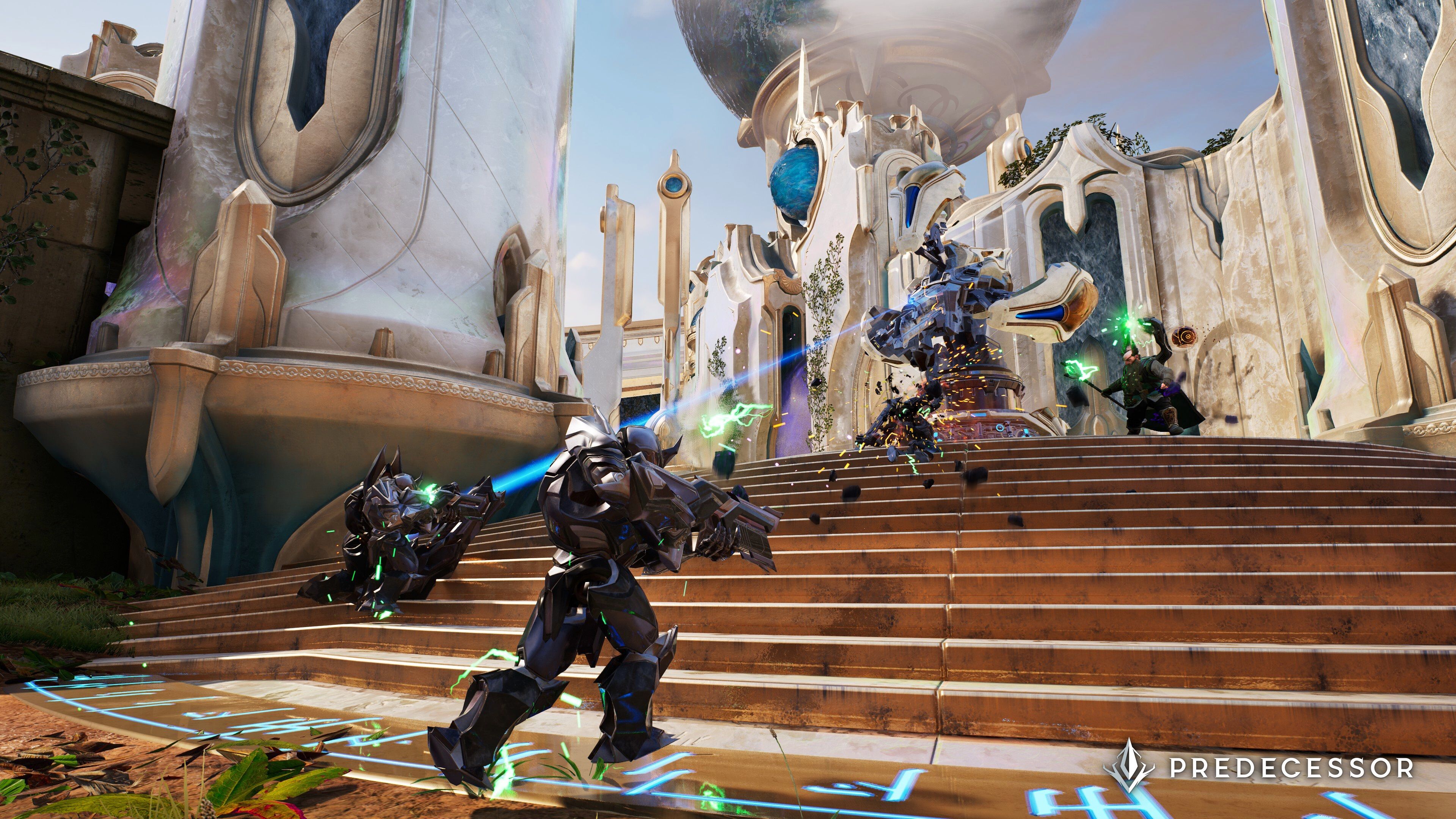
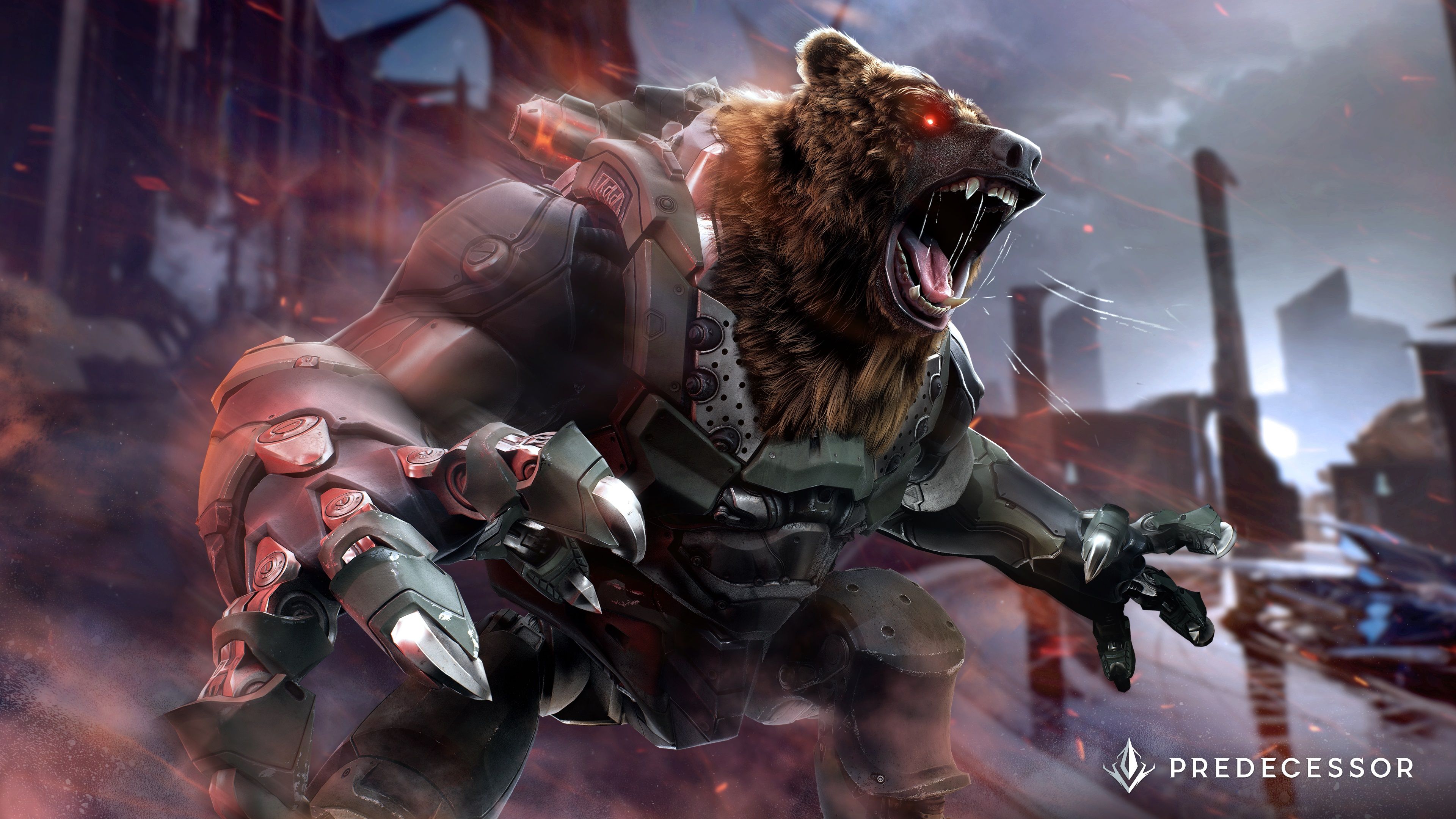



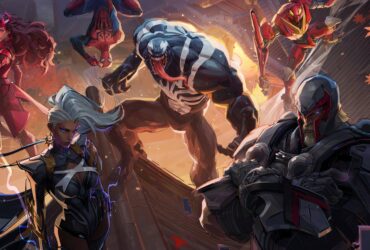





Leave a Reply